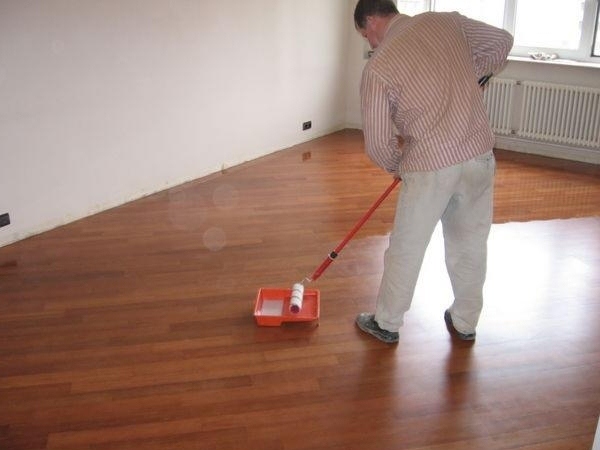Even the most high-quality parquet periodically needs repair because of various defects that appear on it, such as, for example, loosening and falling out of some wooden slats or their cracking, or mashing, and, consequently, thinning and sagging of parquet floor areas. But these problems are completely solvable. With some effort, you can repair the defective areas with your own hands and use the parquet floor further. With proper proper care, it will serve you for many more years
Content
Features of repair of parquet floor
Repair of parquet is current, average or capital. The current repair serves to correct small possible defects of the parquet floor, which appeared during its operation or to replace the unsuitable for the restoration of its parts.
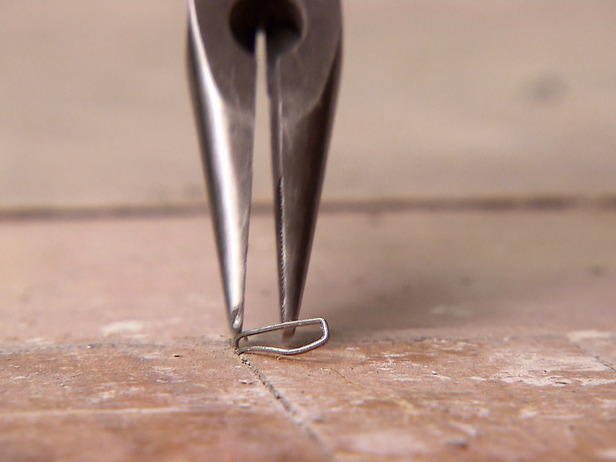
In general, high-quality parquet can last many decades, provided that the appropriate care, of course. Sanding parquet is one of the components of care for parquet. The work is complex, time-consuming, as the service life of the parquet depends on the quality of grinding. This kind of work is best entrusted to the masters, for example http://shlifmaster.ru/ciklevka.
Approximately once in five years, it is necessary to correct the manifested flaws, which are eliminated by means of routine repairs. Usually, these shortcomings and shortcomings are insignificant. For example, they can manifest themselves in violation of its integrity, in the form of formed over time, scratches, cracks and small potholes. Also, the laths may begin to show instability and instability (shake off long-term use). Any of these defects is eliminated locally, without requiring the raising of all parquet slats.
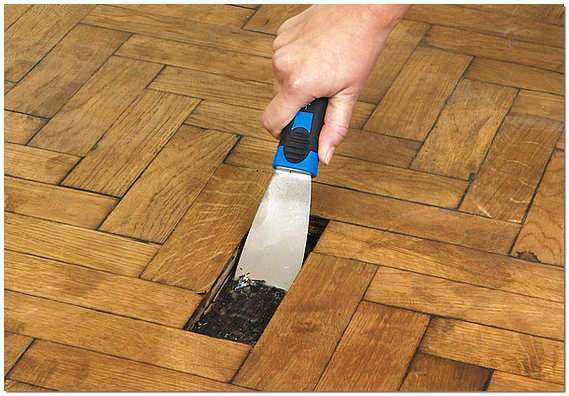
The average repair involves a partial analysis of the parquet cover, as well as the elimination of possible shortcomings with the subsequent flooring of the parquet after the restoration.
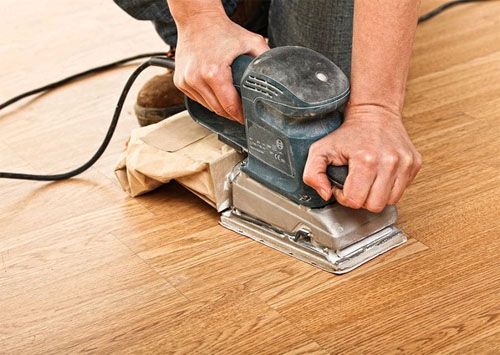
Capital repair of a parquet floor is a replacement of all covering completely (in case of extreme necessity). Overhaul involves the complete removal of old bars. Before the beginning of the overhaul, the work that takes place before the flooring of a new parquet floor is performed as for the first time (as if the parquet floor had never been laid down), and then, on the finished base, the parquet is laid.

The causes of defects in parquet flooring
Here we list the main reasons for the possible appearance of defects in the basement and covering the parquet floor:
- excessive moisture on the base of the parquet;
- various mechanical damages, both face covering, and the basis of a parquet floor;
- duration of its operation;
- intensity of exploitation of parquet floor;
- all kinds of mushrooms (for example, mold from excessive wetting of the parquet) and insect pests that damage the parquet.
Most often, it is enough to inspect the parquet flooring to find out its defects. Sometimes they are detected by tapping, or by ordinary pacing over it. But sometimes, in order to make sure the problem exists, it is required to open and raise some parquet slats.

In general, wooden parquet is a strong and durable, with increased wear resistance, an expensive floor covering. But, under unfavorable conditions, it quickly or not immediately, and in time, begins to lose a presentable appearance, and eventually comes to a state of complete unfitness. In this case, it is better to replace it with a new one, that is, to make a complete overhaul of the entire floor.

The most common reason for the appearance of flaws on the parquet floor is the violation of the temperature and humidity in the room where it is bedded. This can lead either to its overdrying, or, conversely, to excessive overmoistening. For example, the most common mistake is excessive washing of the parquet floor, especially a badly wrung rag. This makes the parquet rot. But to overdo it, too, can not be in any case, as this leads to the formation of cracks and cracking. This improper handling significantly reduces the life of the parquet floor.

Methods of repair of panel flooring
In the process of using and operating a paneled parquet floor, a problem may arise such as flaking the shields of the shield from its base. The reasons for this can be many, for example, the initial installation of deliberately low-quality paneled parquet, or the loss of binding properties of parquet mastic with a long period of time, or the wear and fall of the strength and strength of the wood from which the parquet is made. In order to correct this defect, it is necessary first to disassemble the part of the floor on which it is found. Then it should be cleaned of the old mastic, carefully applied fresh, and a new set of parquet shields, replacing them with new ones if necessary.
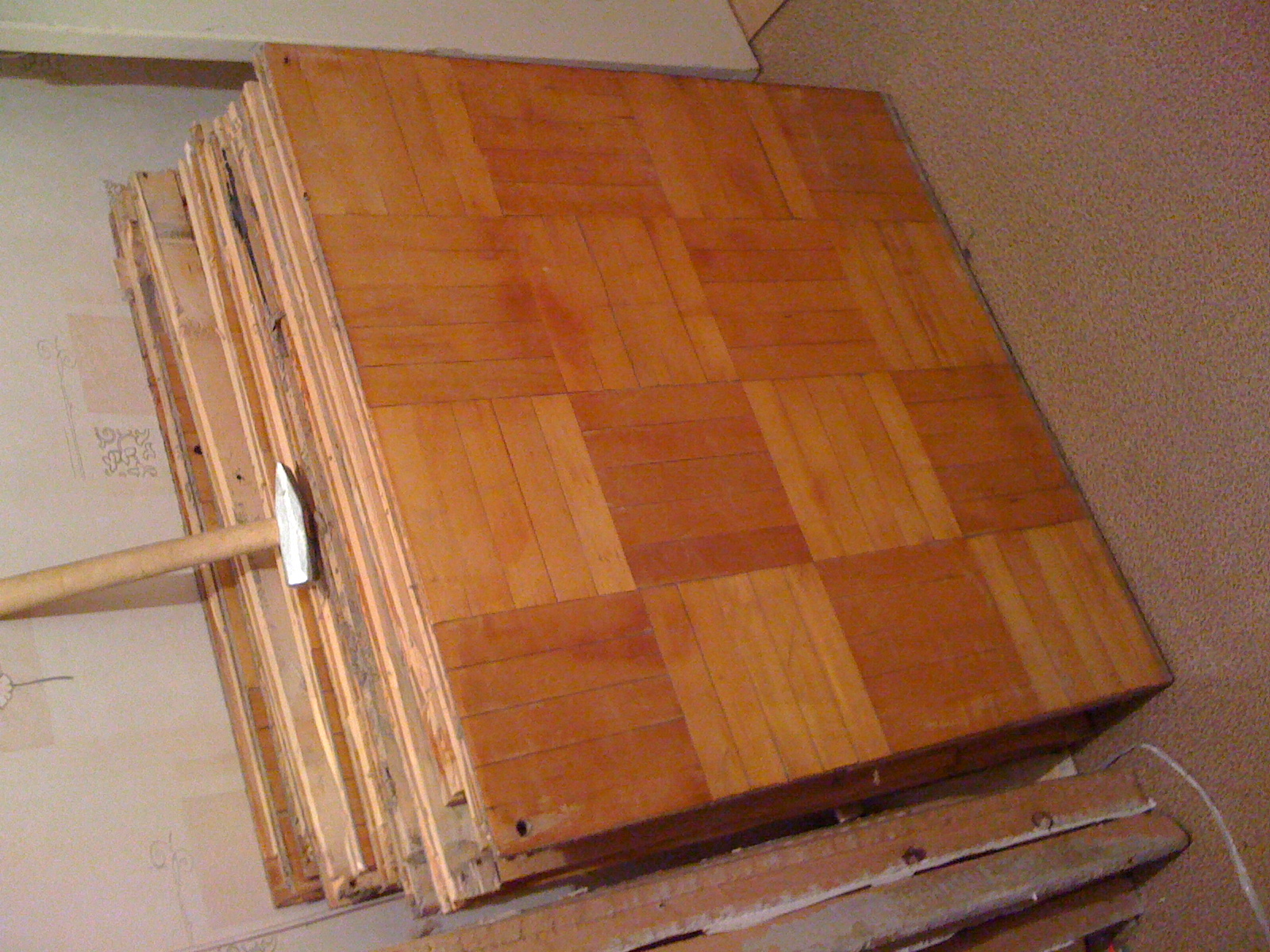
Slots can also form between the slats or the boards of the parquet floor. The reason may be obvious non-observance of the elementary rules for the operation of the parquet board floor, for the correction of which it may be necessary to analyze the problem area and lining the parquet, or replace it with a new one.
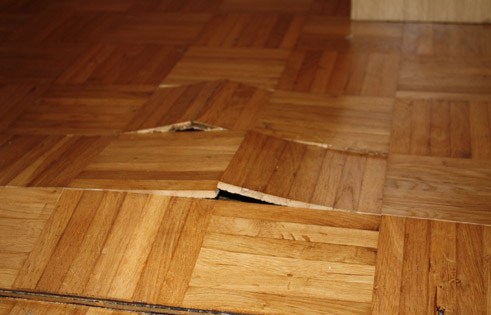
Shielded parquet can be shaken because of the excessively increased distance between its shields, or because of the increased moisture of the base of the parquet and the reduced humidity of the shields. Corrugated parquet cover and in damp areas with poor ventilation. To eliminate this common problem, it is necessary to parse the parquet in the places where the swelling is found, thoroughly drying the base and covering the new coating. If you buy a new parquet coating is not possible, you can just carefully dry the shredded parquet boards for a long time under any reinforced press.
It can also be observed swelling of the planks of the paneled parquet, the cause of which is excessive waterlogging, or initially wrong choice of poor-quality wooden parquet. Correct this defect by examining the defective area of the parquet cover, as well as drying its base. In the future, a new parquet flooring is required.
Repair of old parquet

To repair old parquet, you may need such tools and consumables:
- plane
- riveting
- slats
- glue joiner
- epoxy resin
- varnish of parquet
- wood sawdust
- sandpaper

Those parquet rivets that fell out and twisted should be replaced by completely new and dry ones (this is an obligatory condition), otherwise after the process of their drying has been completed, crevices will appear again, and our repair was done in vain. Here there are secrets, for example, under the foundation of each rivet, you must put paper or a thin layer of cardboard and nail thin nails, with pre-bitten off the hats, hammering them not directly, but at a certain angle. Each of the rivets must protrude above the floor level by approximately one millimeter.
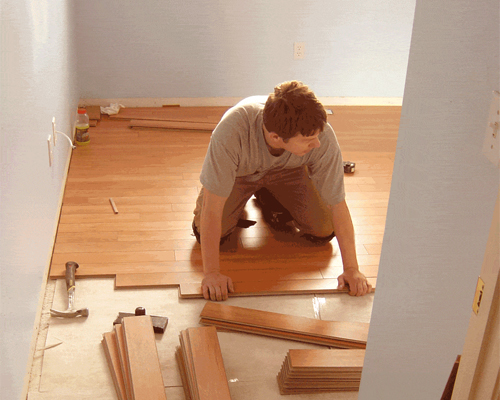
Upon completion of this work, all the newly installed straps must be necessarily cut off, recycled and rubbed with special mastic, and cover all the cracks with self-prepared putty. It is prepared in this way: the wooden sawdust is painted with a special dye for the floor in the color that is most suitable for parquet. Then they must be dried and mixed with epoxy or wood varnish.
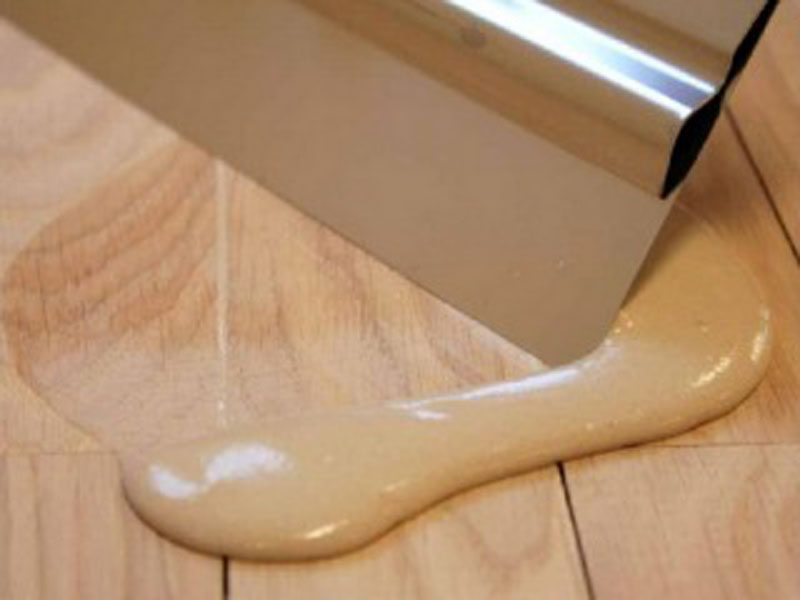
When the putty dries completely, those plots that have been repaired are cleaned first with a carpenter's chisel, and then with a sandpaper for grinding - first a large, and then a small (nouveau).

All cracks formed between the parquet rivets, it is necessary to seal with the use of carpentry glue with thin wooden slats made of the same kind of wood as the parquet. After the completion of these works, the parquet is again cut off, caked and rubbed with a special mastic.
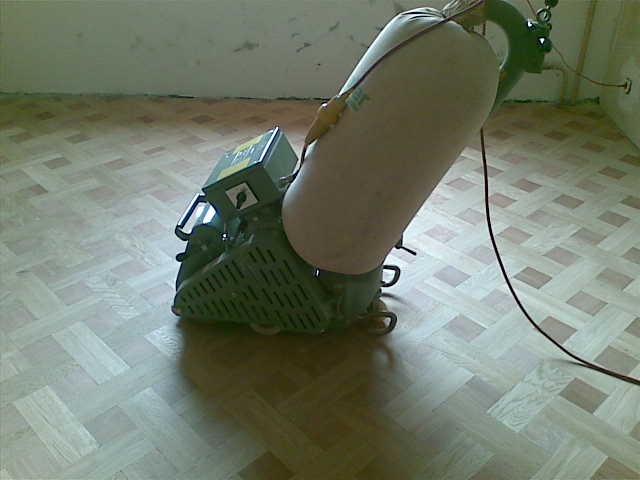
Often the old parquet floor has such a common problem as creaking. This problem is easily solvable and does not require major repairs and complete parquet floor analysis. It is only necessary to pour glue under the creaking cracked parquet glue with the help of an ordinary syringe and put a load on it to deposit. You can do this not over the entire area of the parquet floor, but only in those places that creak particularly hard. If this method does not help, then it may be necessary to install a wood stud pin in a concrete floor base.
To restore the gloss to the old parquet can be done with the help of small cosmetic repair procedures: cycle (with complete removal of old varnish and removal of uneven floors), filling, sanding and applying several layers of special varnish.
